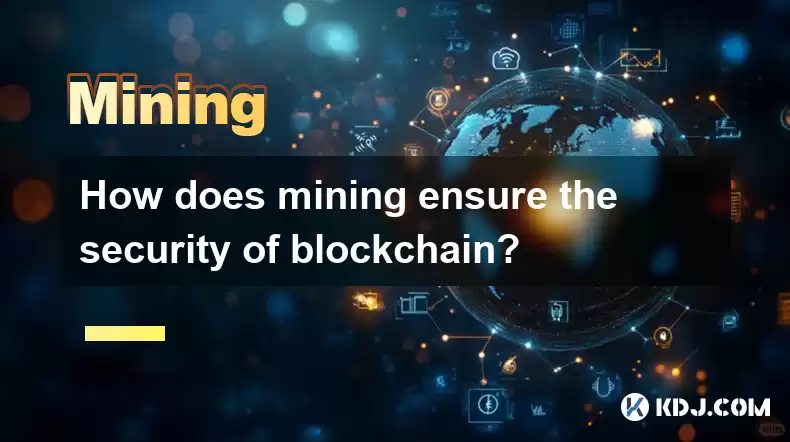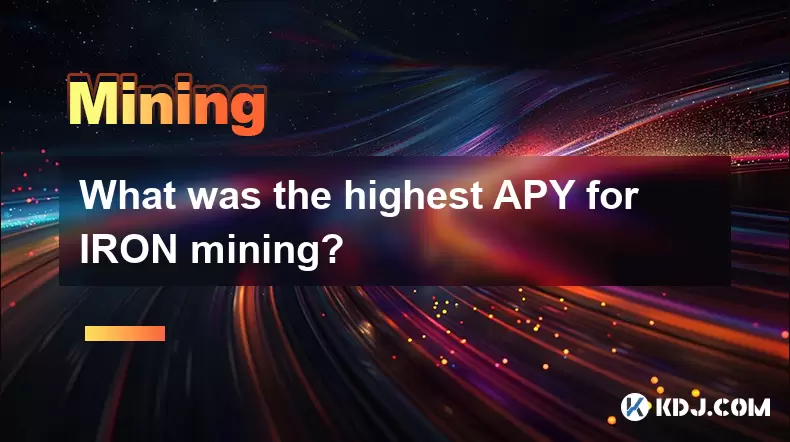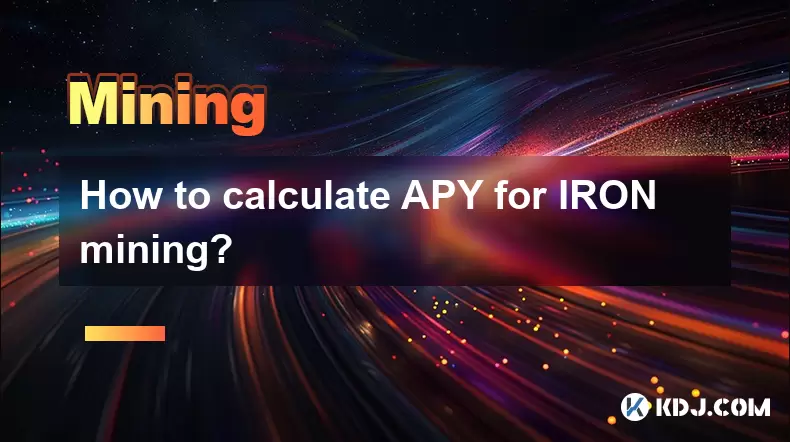-
 Bitcoin
Bitcoin $118300
-0.58% -
 Ethereum
Ethereum $3825
0.11% -
 XRP
XRP $3.137
-0.71% -
 Tether USDt
Tether USDt $0.9999
-0.01% -
 BNB
BNB $803.9
-3.37% -
 Solana
Solana $181.5
-1.94% -
 USDC
USDC $0.9999
0.01% -
 Dogecoin
Dogecoin $0.2238
-2.51% -
 TRON
TRON $0.3358
2.12% -
 Cardano
Cardano $0.7844
-2.16% -
 Hyperliquid
Hyperliquid $43.31
-1.48% -
 Sui
Sui $3.807
-4.04% -
 Stellar
Stellar $0.4203
-1.96% -
 Chainlink
Chainlink $17.79
-3.00% -
 Bitcoin Cash
Bitcoin Cash $567.8
-1.34% -
 Hedera
Hedera $0.2614
-4.30% -
 Avalanche
Avalanche $24.19
-4.46% -
 Litecoin
Litecoin $109.2
-0.74% -
 UNUS SED LEO
UNUS SED LEO $8.969
-0.01% -
 Toncoin
Toncoin $3.404
3.97% -
 Ethena USDe
Ethena USDe $1.001
-0.01% -
 Shiba Inu
Shiba Inu $0.00001307
-3.19% -
 Uniswap
Uniswap $10.33
-1.23% -
 Polkadot
Polkadot $3.884
-4.06% -
 Monero
Monero $312.9
-1.87% -
 Dai
Dai $1.000
0.01% -
 Bitget Token
Bitget Token $4.537
-2.24% -
 Pepe
Pepe $0.00001156
-3.40% -
 Cronos
Cronos $0.1437
-0.89% -
 Aave
Aave $282.8
-2.77%
How does mining ensure the security of blockchain?
Blockchain's security relies on mining's Proof-of-Work (PoW), where miners compete to add blocks, adjusting difficulty to resist 51% attacks. High energy consumption strengthens security, though alternative mechanisms like Proof-of-Stake offer energy efficiency with different security trade-offs.
Mar 18, 2025 at 04:13 am

Key Points:
- Mining's role in creating new blocks and adding transactions to the blockchain.
- The Proof-of-Work (PoW) consensus mechanism and its impact on security.
- How the computational difficulty adjusts to maintain network security.
- The concept of 51% attacks and mining's resistance to them.
- The energy consumption debate in relation to mining's security.
- Alternative consensus mechanisms and their security implications.
How Does Mining Ensure the Security of Blockchain?
Blockchain technology's security heavily relies on the process of mining. This process, primarily associated with cryptocurrencies like Bitcoin, is far more than just creating new coins. It acts as the backbone of the network's security, ensuring data integrity and resistance to malicious attacks. Understanding how mining achieves this is crucial to grasping blockchain's overall resilience.
Mining's core function involves validating and adding new transactions to the blockchain. Miners, individuals or entities with powerful computing hardware, compete to solve complex cryptographic puzzles. The first miner to solve the puzzle gets to add the next block of verified transactions to the chain. This process, known as Proof-of-Work (PoW), is the foundation of security for many blockchains.
Proof-of-Work (PoW) is a consensus mechanism that demands significant computational power. The difficulty of these puzzles is dynamically adjusted based on the overall network's hashing power. This self-regulating mechanism ensures that the time required to create a new block remains relatively constant, even as more miners join the network. This consistent block creation time is vital for maintaining the blockchain's stability and security.
A crucial aspect of blockchain security is its resistance to 51% attacks. A 51% attack occurs when a single entity or group controls more than half of the network's hashing power. This would theoretically allow them to manipulate the blockchain, potentially reversing transactions or creating fraudulent ones. However, the high computational resources required to achieve this dominance make such attacks incredibly expensive and difficult, thus making the blockchain highly secure against this threat.
The high energy consumption associated with PoW mining is often a point of contention. The energy used is directly proportional to the security provided. More energy expended implies a higher computational barrier for attackers, thus strengthening the network's resilience. This trade-off between energy consumption and security is a central topic of debate within the cryptocurrency community.
While PoW is dominant, alternative consensus mechanisms exist. Proof-of-Stake (PoS), for example, replaces computational power with staked cryptocurrency as a measure of influence. While PoS offers advantages in terms of energy efficiency, the security implications are different and subject to ongoing research and debate. The security offered by PoS relies on the economic incentives for validators to act honestly, rather than on computational power.
The complexity of the cryptographic puzzles in PoW mining is directly linked to the security of the blockchain. The more complex the puzzle, the more computational power is required to solve it, making it exponentially harder for malicious actors to manipulate the chain. This complexity is constantly recalculated to maintain a consistent block generation time, adapting to changes in the network's overall computing power.
The decentralized nature of mining is a significant factor in blockchain security. No single entity controls the mining process; instead, it is distributed across a large network of miners worldwide. This decentralization makes it incredibly difficult for a single point of failure to compromise the entire system. A distributed network is inherently more resilient to attacks than a centralized one.
The reward system for miners plays a crucial role in ensuring network security. Miners are incentivized to participate honestly by receiving newly minted cryptocurrency and transaction fees for successfully adding blocks to the chain. This economic incentive ensures that the majority of miners will act in the network's best interest, contributing to its overall security.
Common Questions and Answers:
Q: What happens if a miner tries to cheat?
A: If a miner attempts to include fraudulent transactions, their block will be rejected by the rest of the network because it won't match the valid chain. The honest miners' blocks will continue to be added, rendering the fraudulent block invalid.
Q: How does the difficulty adjustment work in detail?
A: The blockchain's protocol regularly assesses the time taken to create blocks. If blocks are created too quickly, the difficulty increases, making the puzzles harder to solve. Conversely, if block creation is too slow, the difficulty decreases.
Q: Are there any inherent weaknesses in PoW mining?
A: Yes, the high energy consumption and potential for centralization (although currently unlikely) are key weaknesses. The environmental impact is a major concern, and while decentralization is a strength, a concentration of mining power in a few hands could pose a risk.
Q: What are the security advantages of Proof-of-Stake (PoS)?
A: PoS systems generally consume less energy than PoW. Their security relies on the economic penalty for malicious validators – they risk losing their staked coins if they act dishonestly.
Q: Can a 51% attack ever truly be prevented?
A: While a 51% attack is theoretically possible, the immense computational resources required to achieve it make it practically infeasible for most blockchains, particularly those with substantial hashing power. The cost often outweighs any potential gains.
Disclaimer:info@kdj.com
The information provided is not trading advice. kdj.com does not assume any responsibility for any investments made based on the information provided in this article. Cryptocurrencies are highly volatile and it is highly recommended that you invest with caution after thorough research!
If you believe that the content used on this website infringes your copyright, please contact us immediately (info@kdj.com) and we will delete it promptly.
- UNITE, KuCoin, and the Future of Mobile Gaming: A New York Minute on Web3
- 2025-07-30 16:30:12
- Strategy, Bitcoin, Investment: Riding the Crypto Wave Like a Pro
- 2025-07-30 16:30:12
- JD.com, Jcoin, and Stablecoins: Hong Kong's Regulatory Embrace
- 2025-07-30 16:50:11
- Pi Network, Onramp Money, and Wallet Fails: What's the Deal?
- 2025-07-30 16:50:11
- PENGU Price Primed for Liftoff? Bullish Rally Signals Emerge
- 2025-07-30 16:55:12
- Dogecoin's Wild Ride: Token Unlocks, Circulation, and the $1 Dream
- 2025-07-30 16:55:12
Related knowledge

What was the highest APY for IRON mining?
Jul 23,2025 at 05:14am
Understanding IRON Token and Its Mining MechanismThe IRON token is a stablecoin that operates within the Iron Finance ecosystem, primarily on blockcha...

What is impermanent loss in IRON pools?
Jul 23,2025 at 09:00am
Understanding Impermanent Loss in the Context of IRON PoolsImpermanent loss is a phenomenon that affects liquidity providers in decentralized finance ...

How to claim rewards from IRON mining?
Jul 23,2025 at 02:21pm
Understanding IRON Mining and Reward MechanismsIRON Finance operated as a decentralized finance (DeFi) protocol on the Polygon and Binance Smart Chain...

How to claim rewards from IRON mining?
Jul 29,2025 at 05:07am
Understanding IRON Mining and Reward MechanismIRON is a dual-token system designed to stabilize the value of a synthetic asset through a combination o...

IRON mining tutorial for beginners
Jul 27,2025 at 12:01am
What Is IRON and How Does It Work in the Cryptocurrency Ecosystem?IRON is a cryptocurrency token that operates on the Binance Smart Chain (BSC) and is...

How to calculate APY for IRON mining?
Jul 28,2025 at 09:49am
Understanding APY in the Context of IRON Token MiningWhen engaging in IRON token mining within decentralized finance (DeFi) platforms, Annual Percenta...

What was the highest APY for IRON mining?
Jul 23,2025 at 05:14am
Understanding IRON Token and Its Mining MechanismThe IRON token is a stablecoin that operates within the Iron Finance ecosystem, primarily on blockcha...

What is impermanent loss in IRON pools?
Jul 23,2025 at 09:00am
Understanding Impermanent Loss in the Context of IRON PoolsImpermanent loss is a phenomenon that affects liquidity providers in decentralized finance ...

How to claim rewards from IRON mining?
Jul 23,2025 at 02:21pm
Understanding IRON Mining and Reward MechanismsIRON Finance operated as a decentralized finance (DeFi) protocol on the Polygon and Binance Smart Chain...

How to claim rewards from IRON mining?
Jul 29,2025 at 05:07am
Understanding IRON Mining and Reward MechanismIRON is a dual-token system designed to stabilize the value of a synthetic asset through a combination o...

IRON mining tutorial for beginners
Jul 27,2025 at 12:01am
What Is IRON and How Does It Work in the Cryptocurrency Ecosystem?IRON is a cryptocurrency token that operates on the Binance Smart Chain (BSC) and is...

How to calculate APY for IRON mining?
Jul 28,2025 at 09:49am
Understanding APY in the Context of IRON Token MiningWhen engaging in IRON token mining within decentralized finance (DeFi) platforms, Annual Percenta...
See all articles

























































































